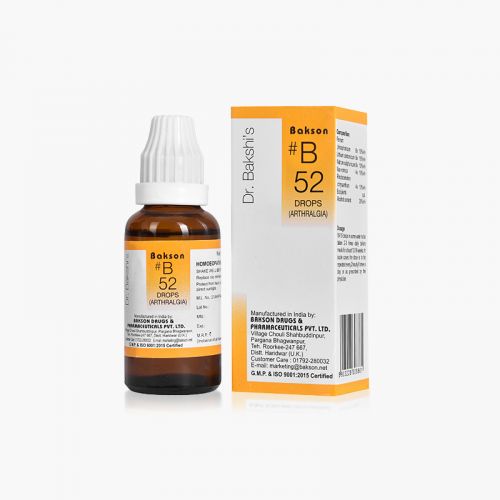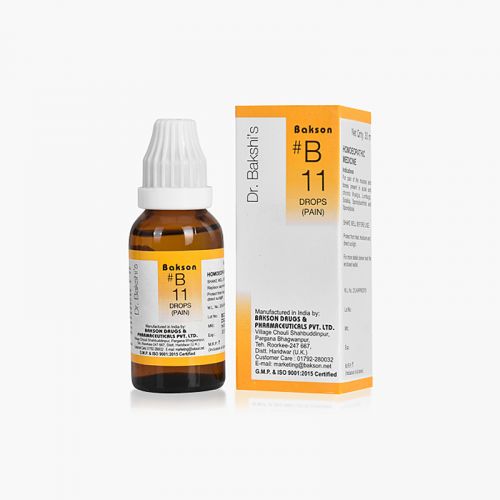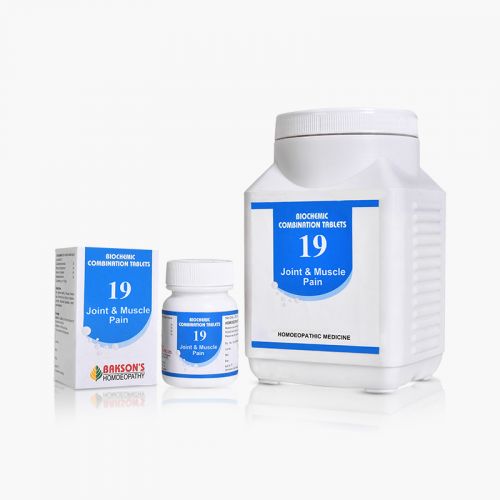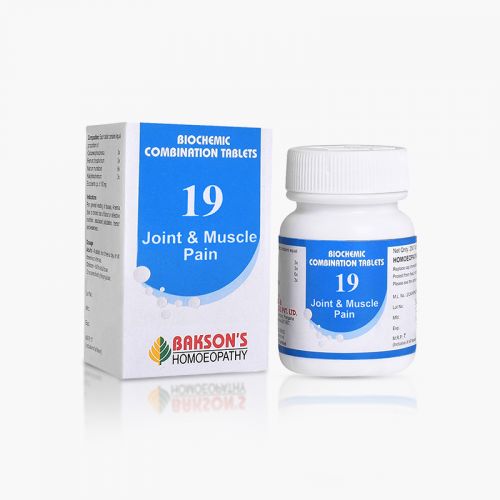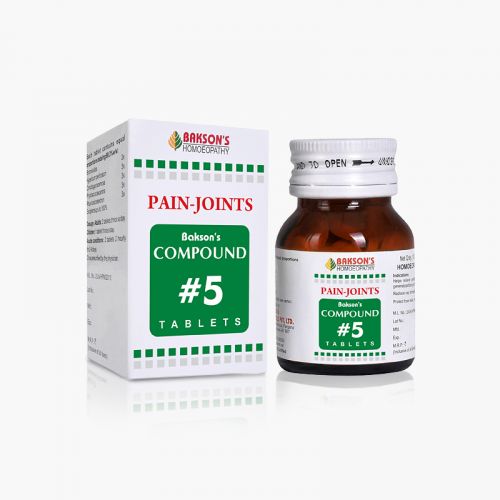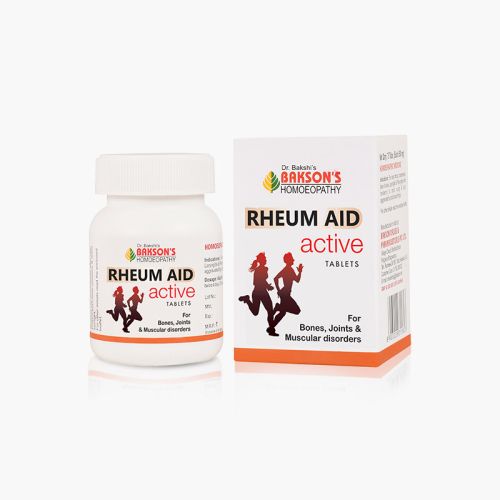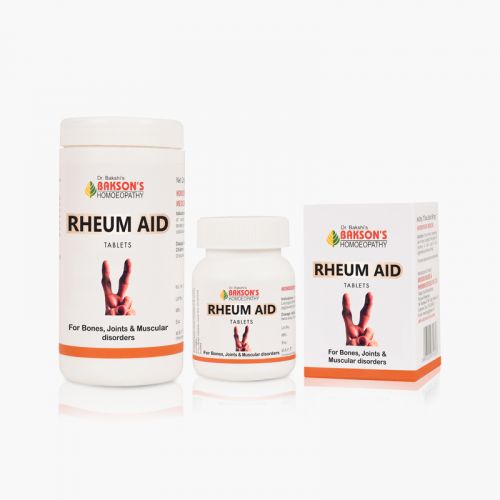We use cookies to make your experience better. To comply with the new e-Privacy directive, we need to ask for your consent to set the cookies. Learn more.
What is Neck Pain?
Neck pain is the musculoskeletal disorder that causes pain in the muscles of the neck and its surrounding tissue known as fascia. Hence, it is also termed as Cervical myofascial pain. It is also defined by the Global Burden of Health 2010 Study as "pain in the neck with or without pain referred to one or both upper limbs that lasts for at least one day".
The pain could be localised or regional and may be characterised by various trigger points that are highly sensitive muscles that are painful to touch. The muscles most commonly involved in the cervical region are rhomboids, trapezius, levator scapulae, supraspinatus and infraspinatus.
Approximately half of all individuals will experience a clinically important neck pain episode over the course of their lifetime.
Risk factors
In general, risk factors include genetic association, psychopathology (depression, anxiety, somatisation etc.), sleep disorders, smoking and sedentary lifestyle. In particular, neck pain may be implicated as a result of-
- Overuse of neck musculature
- History of neck pain trauma
- Sports injury
- Long hours of computer work
- Poor workplace environment
Physical findings
Eliciting the history of a patient presenting with cervical myofascial pain is important. Symptoms may be worse with repetitive tasks, certain movements, or even certain postural positions throughout the day. Some physical findings may be-
- Pain (nagging or acute) which may radiate from the neck to the surrounding area.
- The range of motion of the cervical spine may be limited and painful.
- Tightness or a local twitch response area is tender to palpation and can be described as deep, and constant.
- Poor posture may be noted with slumped shoulders or decreased cervical lordosis.
- Usually, no atrophy is seen in the musculature.
- A taut band may be noted in the skeletal muscle or surrounding fascia.
- The neurological exam, including strength, sensation, and reflexes of the upper extremities are usually normal.
Diagnosis
Physical examination will help in the diagnosis coupled with MRI or X ray of the cervical spine.
General management
Symptomatic management of cervical pain is recommended. Modalities like physiotherapy can be utilised to manage the condition. Physical therapy uses exercise and other procedures to restore balance to the muscles and surrounding tissue areas.
Warning: Above information provided is an overview of the disease, we strongly recommend a doctor's consultation to prevent further advancement of disease and/or development of complications.
Disclaimer: The information provided herein on request, is not to be taken as a replacement for medical advice or diagnosis or treatment of any medical condition. DO NOT SELF MEDICATE. PLEASE CONSULT YOUR PHYSICIAN FOR PROPER DIAGNOSIS AND PRESCRIPTION.
- #B 52 DROPSSpecial Price ₹ 160.00 Regular Price ₹ 200.00
- BAKSON #B 11 DROPSSpecial Price ₹ 160.00 Regular Price ₹ 200.00
- BAKSON RHEUM AID GELSpecial Price ₹ 84.00 Regular Price ₹ 105.00
-
- BCT # 19 (JOINT & MUSCLE PAIN)-250TABSpecial Price ₹ 84.00 Regular Price ₹ 105.00
- COMPOUND #5 TABLETS-100TABSSpecial Price ₹ 108.00 Regular Price ₹ 135.00
- RHEUM AID ACTIVE TABLETS - 75 TABSSpecial Price ₹ 172.00 Regular Price ₹ 215.00
-
- RHUS TOX OINTMENT- 25 GM₹ 70.00
- RUTA OINTMENT- 25 GM₹ 75.00




